Architect and design studio De Pas, D’Urbino & Lomazzi was founded by a trio of important Italian designers of the same name who are best known for their unconventional seating design including pop-culture icons such as the inflatable Blow and the kitschy Joe Sofa. Designing in the 1960s, 1970s and 1980s in Milan, the collective is remembered for its efforts to connect radical design with everyday life.
In 1966, the design collective was co-founded by architects Jonathan De Pas (1932-1991), Donato D’Urbino (b. 1935), and Paolo Lomazzi (b. 1936). The threesome met while studying architecture at Milan’s Polytechnic University.
The group focused on architecture (industrial and residential buildings), urban development, and industrial design. During the 1960s and 1970s they developed a specific interest in developing furniture and temporary buildings featuring avant-garde signs, materials and industrial technologies.
Taking inspiration from pop culture and leisure-time activities the group focused on radical seating objects. They took the views of a changing society in which furniture was no longer desired or required to last a lifetime and introduced a collection of furniture that represented precisely the opposite. The transparent armchair Blow (1967) was constructed from PVC film, and was the first piece of inflatable living room furniture to be mass-produced, as well commercially successful. Blow was manufactured by Zanotta, bringing the Italian manufacturer international recognition. The Joe Sofa (1968-70) was the second to become a design classic from De Pas, D’Urbino & Lomazzi, this time manufactured by Poltronova. It was a tribute to the American baseball player Joe DiMaggio, forming a sofa in the shape of an oversized baseball glove.
The group designed the entrance for Milan’s 14th Triennial (1968), which took the form of a long tunnel with port holes, as well as the Italian Pavilion at the Osaka World Expo (1970). From the 1970s onwards, they designed both industrial and residential buildings, and extended their focus to the diverse areas of industrial products including, home and office equipment, lighting, and electronics. In 1972, the collective participated in the New York Museum of Modern Art’s "Italy: The New Domestic Landscape” exhibition. They exhibited the prototype for Chica Children’s Chair (1971, also known as Junior), was formed from just four plastic components that could be easily taken apart and reassembled to form seats, tables, and play structures. Once again capturing the zeitgeist, the studio presented designs to suit modern living—surmised by the exhibition curator Emilio Ambasz, who was looking for objects that were “flexible in function and [permitting] multiple modes of use and arrangement”.
In 1980, De Pas, D’Urbino & Lomazzi were instrumental in the exhibition “Italian Furniture Design 1950–1980” at the Cologne Municipal Museum. In 1987, there was an exhibition of the group’s work in Kyoto including designs for Acerbis, Artemide, Cassina, Poltronova, and Zanotta. That same year, the exhibition “De Pas, D’Urbino, Lomazzi” was inaugurated at the temple Daikaku-Ji, Kyoto, and in 1992, a solo exhibition “Un coro a tre voci” (A three voiced choir) was organized at IZM Gallery Tokyo.
Other iconic designs include, the Duecavalli Chair (1969) for Driade; the Lampiatta (1971) and Maniglia (1973) lamps for Stilnovo; and the iconic folding coat stand Sciangai (1973, winner of the 1979 Compasso d'Oro and another design classic) for Zanotta.
Following the death of de Pas in 1991, D'Urbino and Lomazzi continued their creative workshop under the name Studio DDL. The group also collaborated with designers such as Scolari and Decursu at various points in the collective’s illustrious history.
Over several decades, the trio was the recipient of many awards including, the BIO 7 (1977) and BIO 9 (1981) in Ljubljana, Hannover’s Design Award Winner (1998), and the winner of Wallpaper Design Awards “Best Domestic Design” (2009). In 2010, their archives were declared to be of “particularly important historical interest” by the Ministry of Cultural Activities and Heritage, and were donated to CASVA (Centre of Higher Learning for Visual Arts) in Milan for preservation and consultation. In addition to their work as designers, De Pas, D’Urbino and Lomazzi have also contributed to design theory through their work with the Industrial Design Association.
Their work is featured in museums and exhibitions world-wide including the Museum of Modern Art in New York, The Brooklyn Museum of Art in New York, the Victoria & Albert Museum in London, the Design Museum of London, the Centre Pompidou in Paris, and the Vitra Design Museum in Weil-am-Rhein, among others.
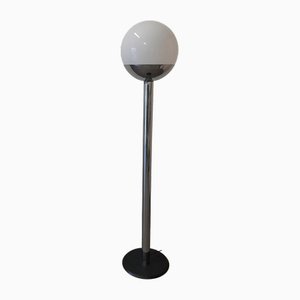

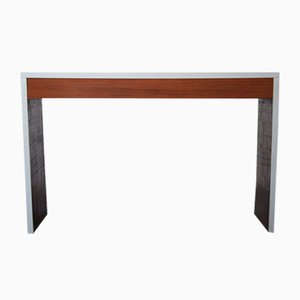
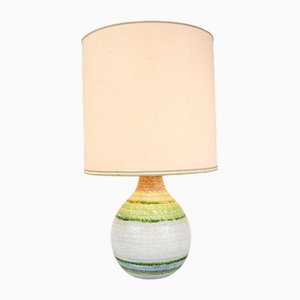
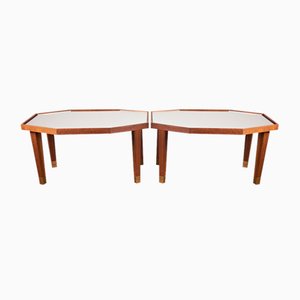

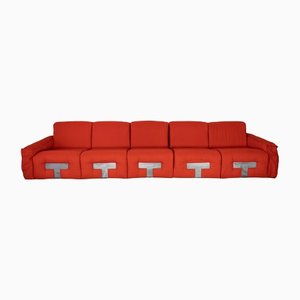


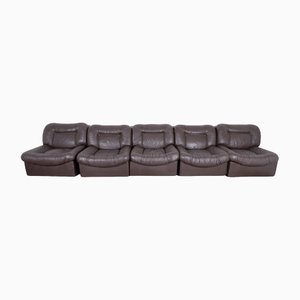
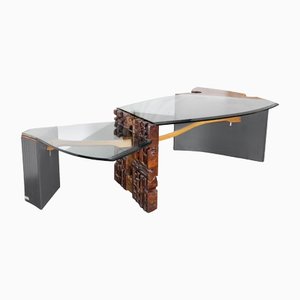

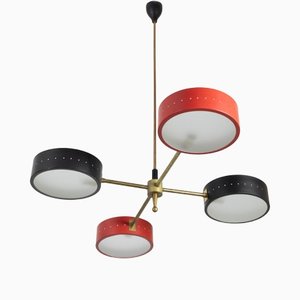
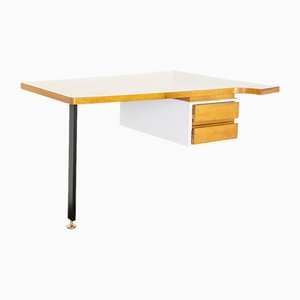
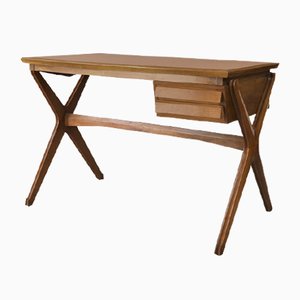
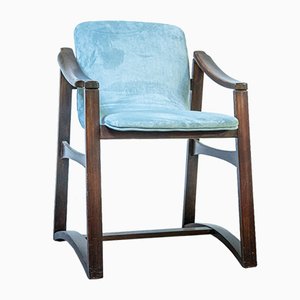

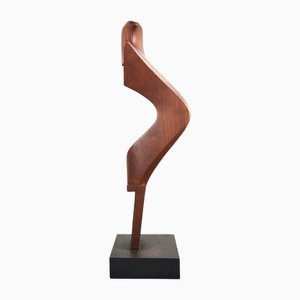
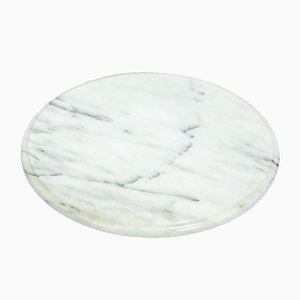
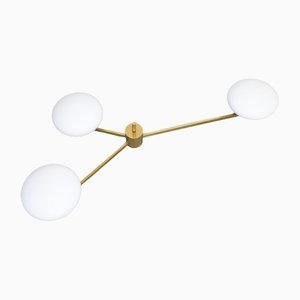
Get in Touch
Make An Offer
We noticed you are new to Pamono!
Please accept the Terms & Conditions and Privacy Policy
Get in Touch
Make An Offer
Almost There!
To follow your conversation on the platform, please complete the registration. To proceed with your offer on the platform, please complete the registration.Successful
Thanks for your inquiry, someone from our team will be in touch shortly
If you are a Design Professional, please apply here to get the benefits of the Pamono Trade Program